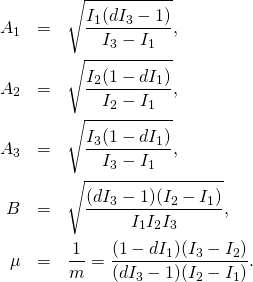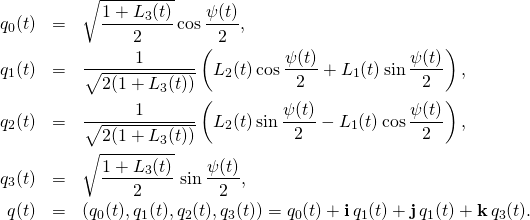“An incomplete person has a hole in the stomach,” she went on. “A sorcerer can see it as plainly as you can see my head. When the hole is on the left side of one’s stomach, the child who created that hole is of the same sex. If it is on the right side, the child is of the opposite sex. The hole on the left side is black, the one on the right is dark brown.”
“Can you see that hole in anyone who has had children?”
“Sure. There are two ways of seeing it. A sorcerer may see it in dreaming or by looking directly at a person. A sorcerer who sees has no problems in viewing the luminous being to find out if there is a hole in the luminosity of the body. But even if the sorcerer doesn’t know how to see, he can look and actually distinguish the darkness of the hole through the clothing.”
…..“It’s very hard to tell,” she said after considerable coaxing. “She is the same as you and me, and yet she’s different. She has the same luminosity, but she’s not together with us. She goes in the opposite direction. Right now she’s more like you. Both of you have patches that look like lead. Mine is gone and I’m again a complete, luminous egg.
Carlos Castaneda, The second ring of power.
Today I was playing with trajectories for different values of d.
Below are trajectories for d=0.6, d=0.7 and d=0.8.
I was adjusting time (between 100 and 1000, and angle of view, so as to show
the interesting side of the figure.
Of course I could also rotate in dour dimensions. This would change the shape in 3D in a strange way.
So, here are the pictures:



Making these pictures is somewhat time consuming. Even with compiled functions the computer has to calculate Jacobi elliptic functions am, sd and pi for each point. And to make one trajectory I use 10 000 points, otherwise it may show bad zig-zags.
Probably I could do it faster writing a Fortran program, but writing such a program would take even more time.














![Rendered by QuickLaTeX.com \[\sqrt{3}\ln\frac{\tanh\left(\frac{1}{12}t\sqrt{3}\right)-1}{\tanh\left(\frac{1}{12}t\sqrt{3}\right)+1}=-\frac{t}{2}+\sqrt{3}i\pi. \]](http://arkadiusz-jadczyk.eu/blog/wp-content/ql-cache/quicklatex.com-59bf80559282e701479d54bb4028d116_l3.png)



